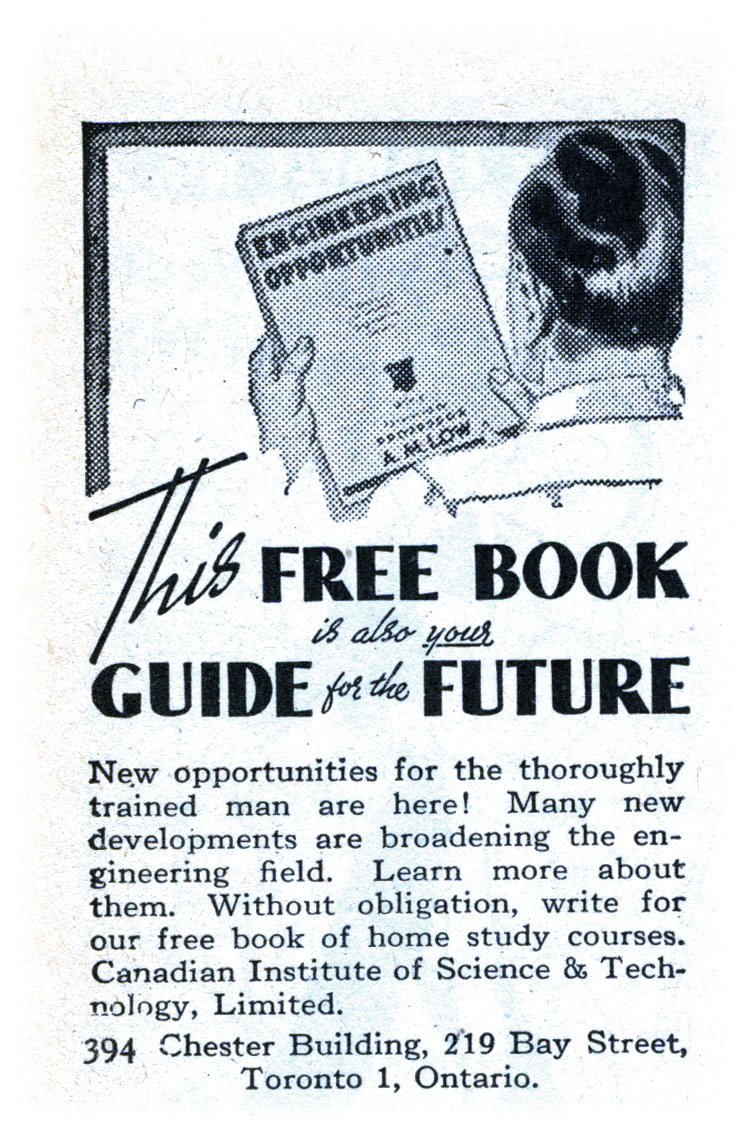Resettlement and a larger magazine
Third in a six-part series looking back at 90 years of The Legionary and Legion Magazine
After the Second World War, The Legionary became an important vehicle for communicating news of benefits available to returning veterans. Still, the Legion had problems putting forth its positions and increasing membership since not all Legionnaires were Legionary subscribers. Shortly after the war ended, the magazine began carrying a regular feature called “The Legionary’s 100 per cent Honour Roll,” listing the branches that subscribed for all their paid-up members.
The magazine emphasized the resettlement benefits, such as grants for continued education and housing available through the Veterans Land Administration, which helped veterans build their own homes. It not only provided financial support to returning veterans, but also dealt with the severe housing shortage the country was facing at the end of the war. In 1950, the Korean War started and The Legionary covered it with first-hand reports and analysis.
The lighter side of the returning soldier’s woes was captured in a series of cartoons by Merle Tingley, who signed his work “Ting,” featuring Postwar Pappy, whose civilian life had many ironic parallels to wartime life.
Canada recovered more quickly than Britain. In 1947, the Legion presented Princess Elizabeth with a wedding gift—a brooch designed with a maple leaf and the Legion badge—along with creating a Food for Britain Fund. Packages cost $10 and each issue of the magazine carried a roundup of donations by command.
Still, the viability of the magazine was a concern until the 1954 dominion convention, when delegates finally accepted an often-considered resolution to include the cost of a subscription to The Legionary in the annual membership dues. With that change came a new look for the magazine.
“With the increase in our circulation from 80,000 to 200,000, we also thought it would be appropriate if we got a bigger uniform,” said the January 1956 editorial. Each page of the magazine became 60 per cent larger, giving more room for headlines and illustrations.
Not only were all members now subscribers, but the Legion would see its membership rise from 200,000 in 1956 to more than 260,000 by May 1960.
Advertisers
Advertisement


























